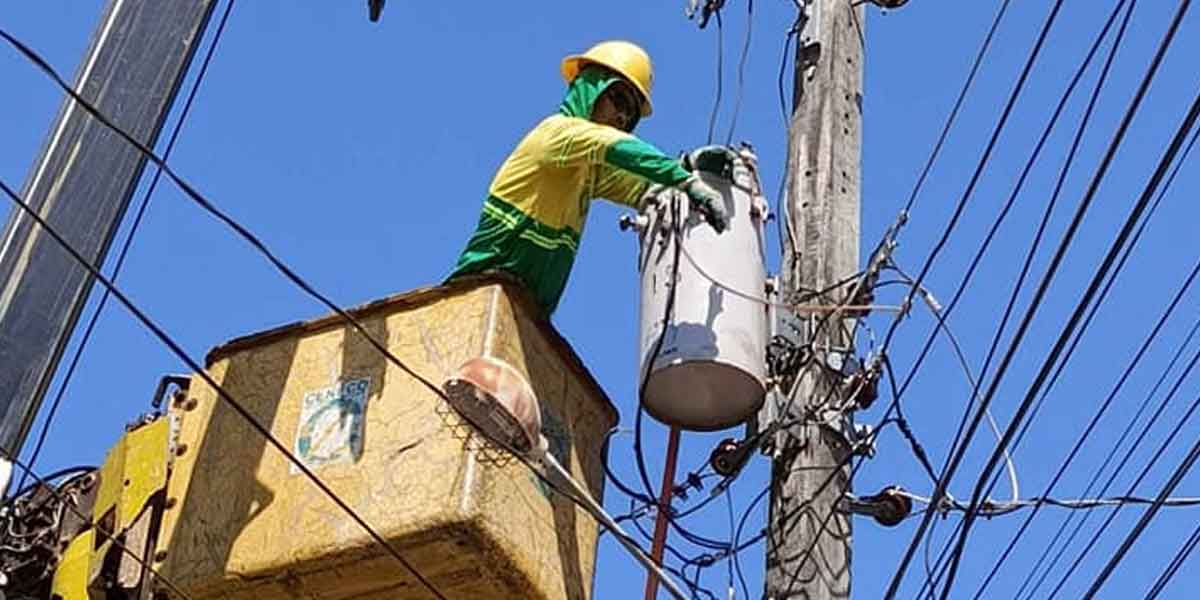By Alex P. Vidal
“The moving finger writes, and having written moves on. Nor all thy piety nor all thy wit, can cancel half a line of it.”—Omar Khayyam
IT’S okay to criticize or praise President Bongbong Marcos Jr.’s State of the Nation Address (SONA), but we need to move on after the hailstorm of discussions and arguments.
There’s no sense in insisting the President should have mentioned something he inadvertently missed to mention.
What has been forgotten can never be remembered or restored swiftly in another follow up speech of such magnitude.
There’s no such thing as a supplemental SONA.
While a constructive criticism is good and needed, there’s nothing we can do about the “forgotten” issues he supposedly failed to tackle in the speech other than wait until the next SONA.
Between criticism and praise, it’s better, of course, to criticize.
Criticism is healthy for any leader. Constructive criticism will help the leader improve and grow.
It is through criticism that the leader—in this case, the President—will know his faults and shortcomings, as well as his strengths and level of achievement, if there’s any.
While praises will bloat egos and obscure reformation, they can also help inspire a leader; but he shouldn’t rest on his laurels.
The more he receives accolades and plaudits, the more he should work hard so as not to halt the momentum and cripple his chances of becoming a great leader.
After the SONA, Mr. Marcos Jr. was able to, in fact, “move on” immediately by flying to Malaysia for a state visit a day after to honor the invitation by Malaysian King Al-Sultan Abdullah Sultan Ahmad Shah from July 25 to 27.
Let’s now move on to the next agenda.
-o0o-
I would like to share an interesting story, an article written by Patrick J. Kiger in the Inside History dated July 24, 2023 about Ferdinand Magellan, whose own overconfidence, according to the article, “proved fatal.”
When Magellan reached the Philippines in March 1521, he saw an opportunity to convert the indigenous people to Catholicism and place them under the authority of the Spanish King, according to Australian Catholic University scholars Kate Fullagar and Kristie Patricia Flannery.
Some local rulers, who saw advantages in an alliance with the Spanish, went along with Magellan. But Lapu Lapu, chief of the island of Mactan, refused. Magellan, who had experience as a soldier, decided to attack. On April 27, 1521, he and a small Spanish force of 60 armed men and 20 to 30 native allies attempted an amphibious invasion at dawn.
As Bergreen notes, Magellan assumed that his superior technology—muskets and armor—would overcome the indigenous people armed with wooden spears. That proved to be a fatal miscalculation.
In Pigafetta’s account, the invasion force’s boats couldn’t get too close to shore because of rocks in the water, which forced Magellan’s men to jump into the water and try to wade to land.
More than 1,500 warriors awaited them. Magellan’s musketeers and crossbow archers fired on the defenders, but in the chaos, they weren’t able to hit them.
“So many were the spears and stones that they hurled at us, that we could offer no resistance,” Pigafetta wrote.
Magellan himself was shot through the leg with a poisoned arrow and had his helmet knocked off by attackers.
He fought hard to survive, until a warrior slashed him in the leg with a cutlass, and he fell, allowing others to swarm over Magellan and hack and stab him to death.
-o0o-
Only one of Magellan’s ships and 18 sailors made it back.
The Spanish suffered so many casualties that they had to abandon another of their ships, the Concepción, because they didn’t have enough men left to sail it. The two remaining vessels eventually made it to the Spice Islands in November 1521.
One of the two remaining ships, the Trinidad, was in disrepair and stayed behind for an overhaul. It was later captured by the Portuguese and eventually sank in a storm. That left only the Victoria to sail around Africa’s Cape Horn and head back along the west coast of Africa toward Europe.
On September 6, 1522, the Victoria reached the same Spanish harbor from which it had departed three years before. As Bergreen describes in his book, the Victoria’s tattered sails and battered, sun-bleached hull were evidence of the ordeal it had survived. Just 18 sailors out of the original 260 were left, and they were so weak from malnutrition and exposure that they had trouble walking or speaking.
The survivors did manage to bring back a load of spices, it was obvious that Magellan’s notion of establishing a westward route to Asia was too slow, costly and downright dangerous to be practical.
(The author, who is now based in New York City, used to be the editor of two daily newspapers in Iloilo.—Ed)





















